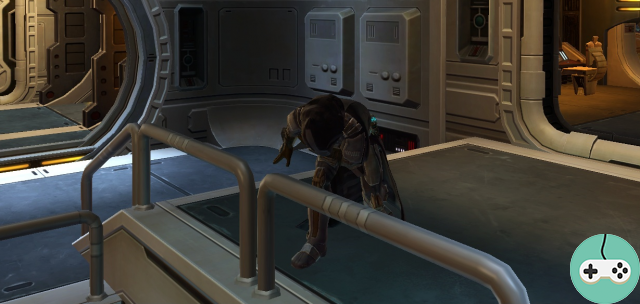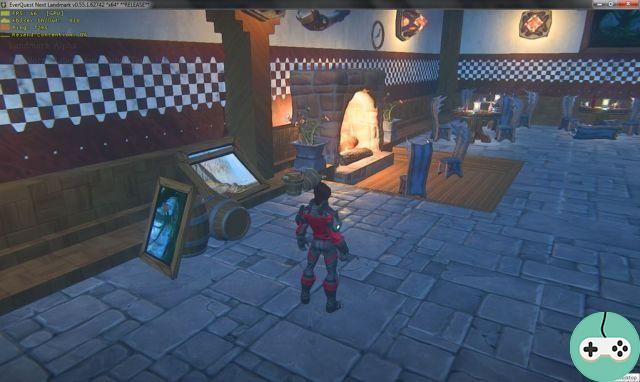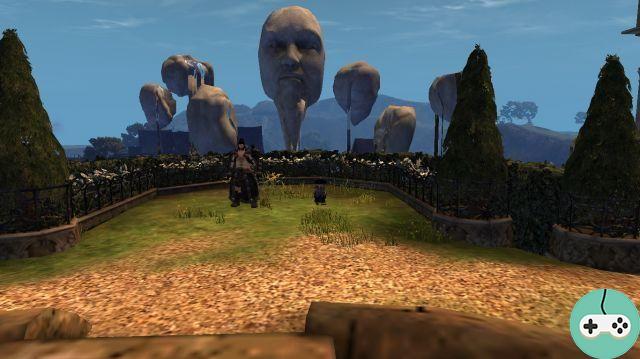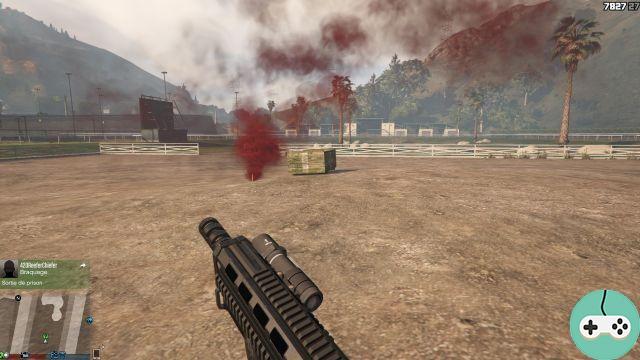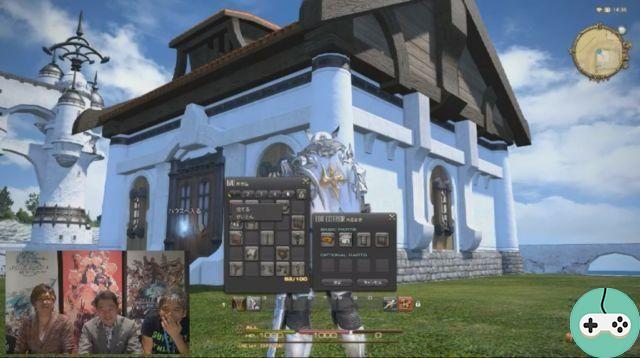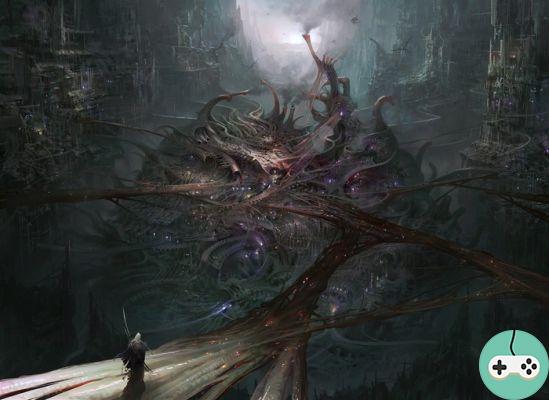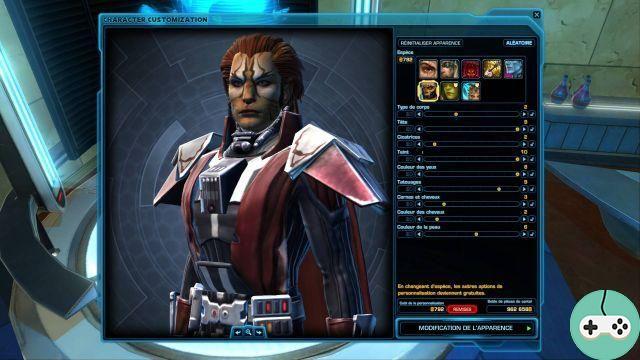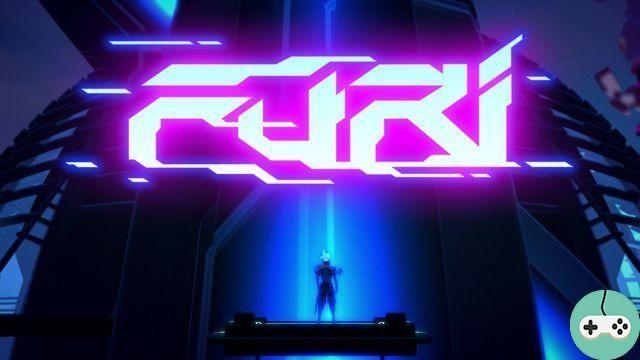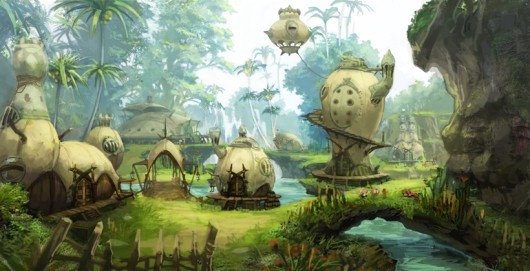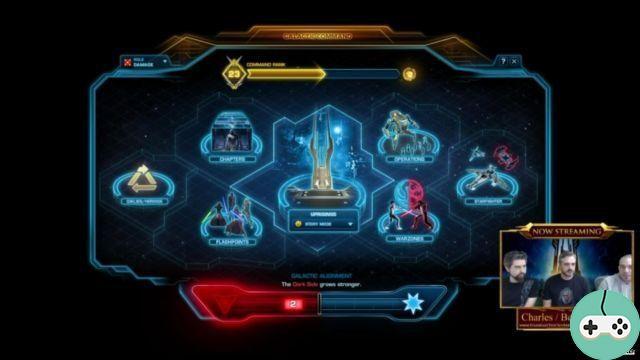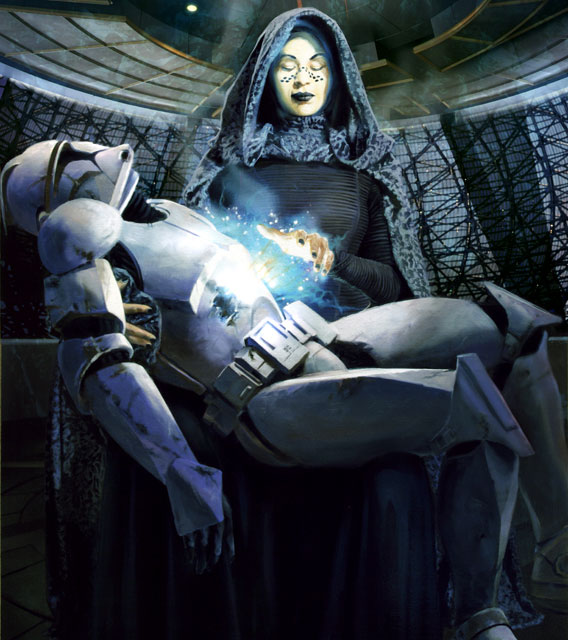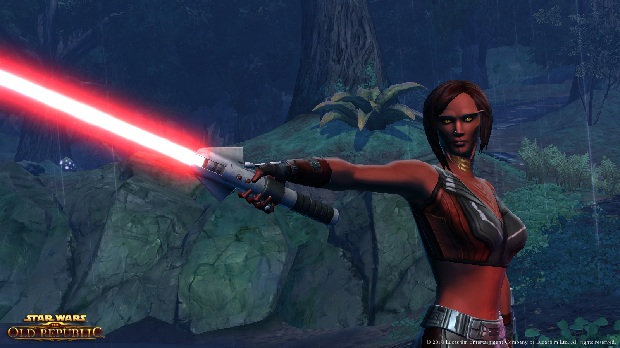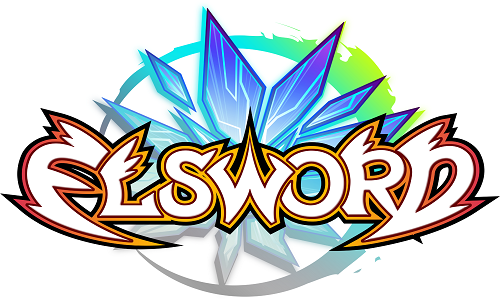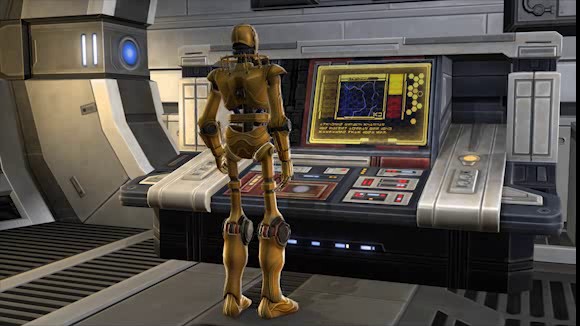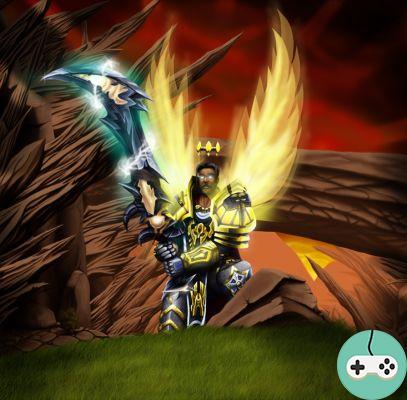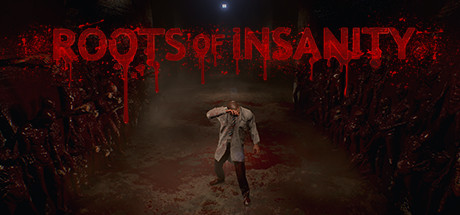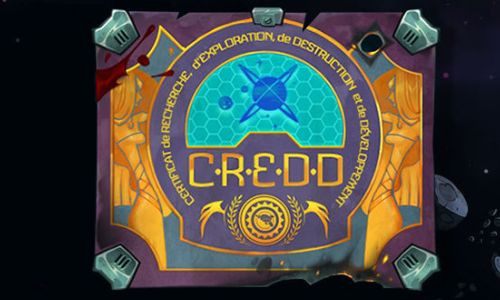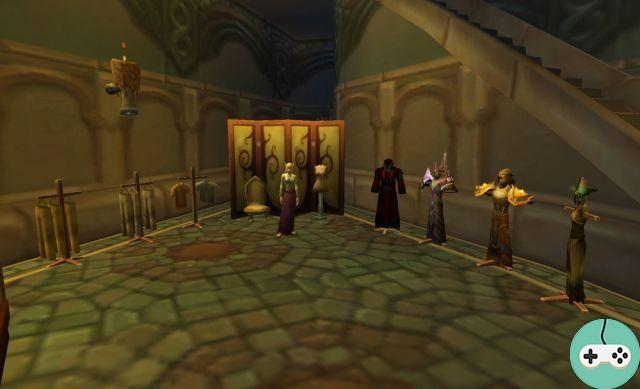
When I saw As Far as The Eye in the games to test, my attention was immediately caught. First with the image accompanying the title: a soft graphics with an assertive style. Then with the description which spoke of a game where we built a nomadic city while bringing a touch of roguelike to the gameplay. A game where I build while going on a treasure hunt? Intriguing, where do we sign?

As Far As The Eye is developed by Unexpected and published by Goblinz Studio. At the launch of the game, a beautiful home screen appears offering a campaign mode and a second to play a game by choosing your tribe. I opt for the campaign mode in order to discover the game in good conditions. Previously I went for a little tour in the settings to switch the game to full screen windowed mode.


In AFATE you take care of the pupils, small beings living in harmony with nature. They live according to the cycles of the latter. When a cycle begins, the pupils take the path of the Eye to go to shelter, because a gigantic wave will submerge everything. They will stay there until the end of the cycle, at their next separation.
In this first chapter, we get to know Oku while discovering the basics of the game. At the bottom of the screen is a gauge where we can see the progress of the wave. We have a number of laps to make our way with Oku before the wave passes. Oku is in charge of maintaining the paths, and he has to carry out repairs on one of them.

To get to the Eye, Oku must repair a bridge. On the map (the top right icon composed of a scroll and a compass), you can see the Eye and, by clicking on it, the resources you need to go there and therefore to repair the bridge . They are then displayed on the left: we will need wood and minerals.

Oku has already gathered some ore, we still have to get some wood. In the game we embody the Breath, and we guide the pupils. We "whisper" the orders to the wards.
The land is divided into hexagonal shaped squares. The gray boxes are the ones that can be explored.
For Oku to go there, we must select it, then right-click on the desired box. Pupils use movement points (MP) to move and each square has a cost. Here the plains require 1 MP but a mountain may require 4. To validate the order we end the turn using the button at the bottom right of the screen.
When Oku moves from square to square, adjacent hexes are discovered. We therefore do not need to pass Oku over each square to reveal them all.

After a short trip, I discover Lulu who is the caravan. Lulu carries the bulk of the load. By joining her, Oku deposits the ore he had collected there.
We must now harvest the wood, another material necessary for the reconstruction of the bridge. Once the wood is discovered, Oku must be assigned to a building. Here Lulu as a caravan acts as a building. We select Oku, then we right-click on Lulu and click on the “drink” icon to order Oku to harvest some.
Oku will then join the caravan and change shape. In fact each profession in As Far As The Eye corresponds to a shape. Loggers are red pandas (Kimy if you read me, kisses). When a pupil takes on a form, he can improve in the corresponding profession. There Oku is a newbie, so it will take some time for him to chop wood. The pupils can change their appearance as much as they want.

This peaceful routine of harvesting to reach the goal can be disrupted by cataclysms called "Hazards". In this campaign I suffered a minor hazard: lightning struck in several places damaging structures and especially setting fire to the forest where Oku was chopping wood. Resources are therefore engulfed in flames and we should not dwell on them. The pupil could be injured or even worse: it is not immortal.
It's time to go to the Eye since we've gathered everything we need. I open the card, and there I can choose what to take with me. To do this, simply place the resources on Lulu's back.

And there you have it, chapter 1 is finished, up to 2!
In it, I meet a tribe made up of two wards, Hanki and Shuut. They too have to travel to the Eye with their trailer and are going to need resources for that. The initiation into the game continues. This time I learn that the pupils cannot harvest in the same hexagon.
I will also be able to build my first building: the quarry. Caravans cannot pick up or store stone. You need a building for that. It is Shuut who gets down to the task. The pupil then has a construction menu where the career is listed. I note in passing that there are two types of careers: a permanent and a mobile. Mobile buildings can be dismantled, taken away and reassembled as we wish.

In addition to the career, the pupil can later build a market, in order to exchange resources with other tribes. Unlike the quarry, the market is an appendix, an extension of the caravan. We're going to need a workhorse for that. Good thing, there are big critters in my stage.
Work animals and therefore appendages must be placed on a hex adjacent to the caravan. It is essential to take care to place your caravan in the middle of the resources but also adjacent to plains to place beasts of burden.
I continue the campaign, continuing to discover the gameplay of AFATE. Chapter 3 and the following introduce us to the trades. The subject had already been briefly touched upon but, this time, we learn that each pupil can improve in all possible tasks, specialize. Remember that when you assign a pupil to a task (such as harvesting wood), it changes shape. Having a building dedicated to his work allows him to gain experience.
This experience is used to unlock bonuses or skills in the trades wheel. The center of the wheel is based on basic trades then skills / bonuses allow you to specialize by improving for example the speed with which a task is performed or improving performance. I will not detail all the trades so as not to spoil the pleasure of discovery!

Last point to bring: the treasure hunt part. It is about exploring vestiges in the stage. Any pupil can explore them, but beware of the consequences! We can have a very nice surprise as a serious problem.
In the same there are the sacred sites, and finally the Auras.
Auras protect a location, hexes on your stage where resources are inaccessible or barely harvestable until a druid appeases the aura. The druid is also an undeniable asset in a tribe. In addition to the Auras, he can take care of examining the remains and knowing their content in order to avoid any negative effects. He is also the doctor of the tribe.



Although very bad, I have a lot of fun with As Far As The Eye. But there is still one thing that gets on my nerves (And it's not the fact of playing badly ...): the backup system. In campaign mode, if I save manually, it doesn't matter. For example, I play 30mn in chapter 4 and I have to stop. I click on "save" and close the game. When I come back, I have to start chapter 4 again. Suffice to say that this considerably lengthened the duration of my test since I was obliged to replay some chapters that could not have been saved. .
I had hoped then that, reaching a milestone in a chapter, it would save and prevent me from having to start over from the beginning. Well no ! I can understand the lack of a save at all times, but being able to do that when completing a step in a chapter would have really helped.
The campaign ended, I set off to explore a normal game. In short, the principle remains the same as the campaign: catch the eye. This time the number of planned laps and stages and much more. I noticed that the hazards happened more regularly. Other than that, the rest are familiar now.

You will undoubtedly have already seen it through the screenshots: As Far As The Eye is very colorful, but without falling into anything aggressive. The image exudes a certain softness, just like the rest of the game which is meant to be soothing. We do not forget all the same the little stress caused by the threat of the wave, and we must not indulge in daydreaming. Otherwise our pupils will go through it!
The soundtrack sublimates the game and matches the ambience perfectly. You can also discover it on Youtube and enjoy the compositions of the talented Alexis Laugier. Besides, no need to add other words. If you had resisted the temptation, I think the OST will blow away your remaining reservations. As Far As The Eye with its peaceful gameplay and poetic world stands out clearly from the crowd.






